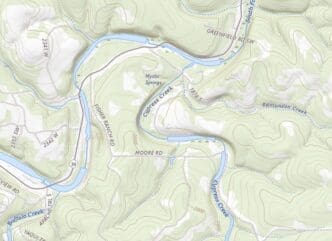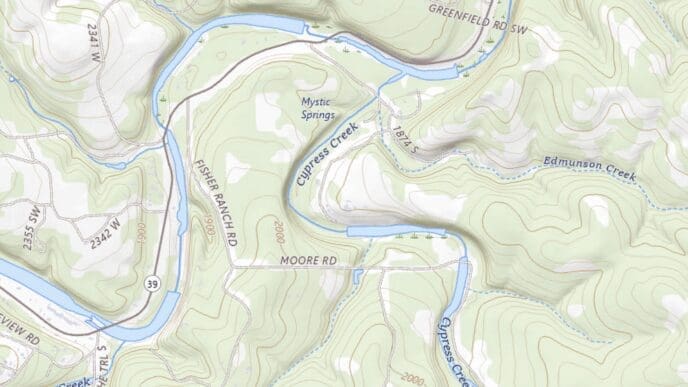A unique Holy Week tradition is attracting thousands of Catholic pilgrims to a small adobe church nestled in the hills of northern New Mexico. This pilgrimage, a journey on foot through the desert badlands, leads participants to a spiritual sanctuary. For generations, individuals from the Upper Rio Grande Valley and beyond have made the trek to El Santuario de Chimayó to mark Good Friday.
The pilgrims, some of whom walk for days, are expected to arrive amid forecasts of cool temperatures and light rain. Many travelers are drawn by an indoor well of dirt believed to possess healing properties. Over time, they have left behind crutches, braces, and canes as acts of prayer for the sick and as testament to the miraculous events they believe have occurred.
Visitors during Easter week pass through an adobe archway and narrow indoor corridors to reach the main altar, which features a crucified Nuestro Señor de Esquipulas. Local legend holds that this crucifix was discovered on the site in the early 1800s, far from its counterpart at a basilica in the Guatemalan town of Esquipulas.
Chimayó is renowned for its artisan weavings and chile crops and is situated above the Rio Grande Valley, opposite the national defense laboratory at Los Alamos. The adobe church at Chimayó, constructed from local mud in the early 1800s during the decline of Spanish rule in the Americas, stands on land considered sacred by Native Americans. The site includes narrow streets, curio shops, and brooks that flow swiftly in spring, and has been designated a National Historic Landmark. It features examples of 19th-century Hispanic folk art, religious frescoes, and carved wooden saints known as bultos.
A votive room is filled with notes of gratitude from those who claim to have experienced healing. A separate chapel is dedicated to Santo Niño de Atocha, a patron saint of children, travelers, and those seeking liberation. Hundreds of children’s shoes have been left there in tribute, with tiny boots even affixed to the ceiling.
The Pueblo people who inhabited the Chimayó area long before Spanish settlers believed in the healing spirits of hot springs. Though the springs have dried up, the earth left behind is attributed with healing powers.
Photographer Miguel Gandert, who grew up in the Española valley below Chimayó, recalls making the pilgrimage with his parents as a child. He noted that people, regardless of their faith, were drawn to Chimayó for its spiritual significance. His photographs of the 1996 pilgrimage, captured through a federal grant, are displayed at the New Mexico History Museum in Santa Fe. These images depict children eating snow cones, men carrying wooden crosses, infants swaddled in blankets, bikers in leather, and weary pedestrians resting along the route.
Today, Good Friday pilgrims continue to carry crosses to Chimayó, with families leaving cars behind, pushing strollers, and allowing time for older hikers. Visitors often wait for hours to enter the Santuario de Chimayó and commemorate the crucifixion. The church is one of many adobe churches in New Mexico, integral to the local way of life but often at risk of deterioration as congregations and traditions wane.
Pilgrims from nearby towns embark on their journey to Chimayó in the early morning hours. Some walk 20 miles from Santa Fe, while others travel for days from places like Albuquerque. Vendors offer religious trinkets, coffee, and snacks along the way. State transportation workers and volunteers ensure the safety of pilgrims, protecting them from traffic, the elements, and exhaustion.
The pilgrimage traverses an arid landscape dotted with juniper and piñon trees and cholla cactus, eventually giving way to lush cottonwood trees and green pastures on the descent into Chimayó. This religious journey is among the most significant of its kind in the United States, with many participants reflecting on the suffering of family, friends, and neighbors while offering prayers for relief.










